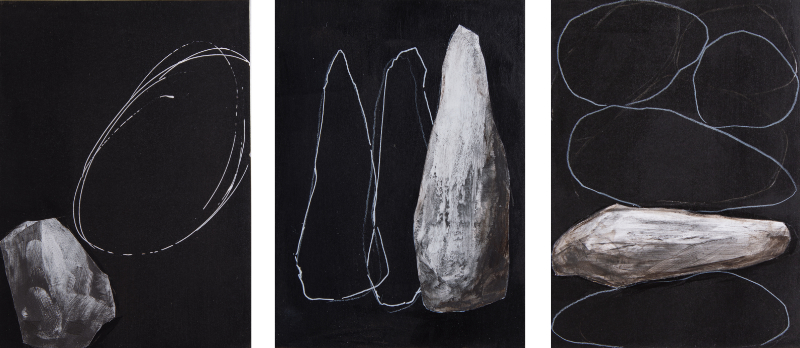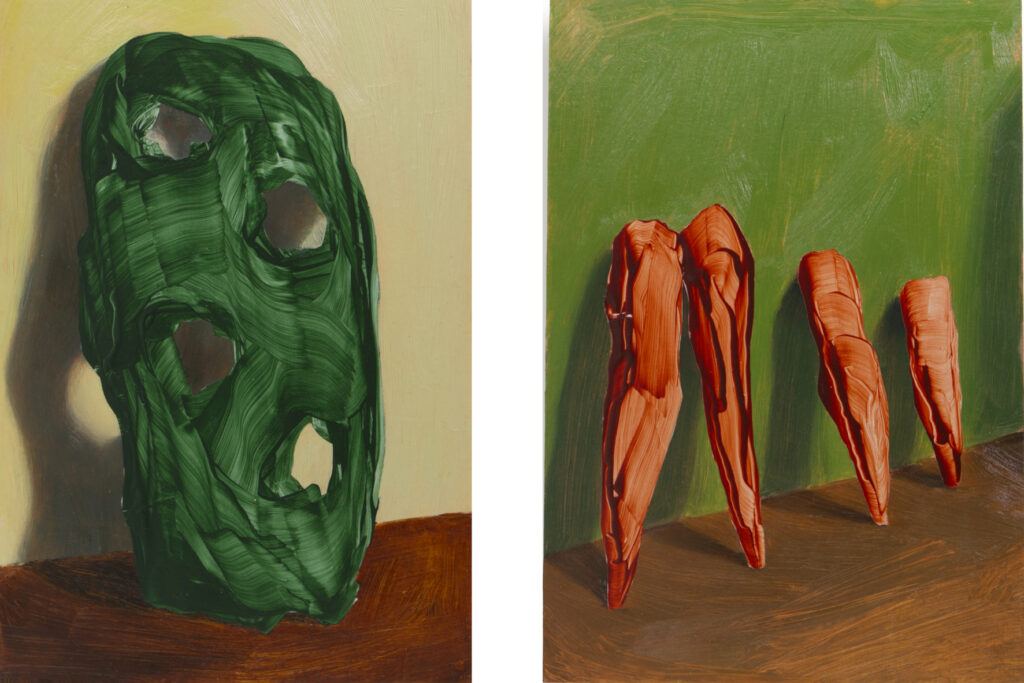STORYTELLING
22-5-2025

I love cinematography. Ever since I watched Trainspotting many years ago, I’ve been fascinated by subliminal storytelling through composition, light, color, movement, acting, and sound. One shot in particular has piqued my interest in nonverbal communication and the significance of subliminal conveyance.
In this particular scene, the main character is walking from left to right across the frame. Suddenly, about three-quarters of the way through the film, he stops and holds his bottom. Does he need to go to the bathroom? He looks back to where he came from. He considers turning back, but his position in the frame suggests that the way back is too far. After all, he’s already walked three-quarters of the way through the shot. He bents over in pain, and he needs to get moving quickly before it’s too late. The way forward is shorter, so he keeps walking.
It’s a simple, unassuming shot in the film, but it marked a major shift in my perception. It underscored the importance of nonverbal conveyance in any type of media and communication.
For me, this idea also applies to painting. Even simple shapes on a canvas can subconsciously evoke a sense of meaning and purpose. This depends on the shape’s size, tilt, form, color, placement on the canvas, and proportional relationship to other shapes. It also often depends on the viewer’s willingness to suspend disbelief in order to perceive a shape on a canvas as more than just a shape. Yet many visual cues are subconsciously perceived and internalized into primal emotions or concepts. Danger, submission, dominance, happiness, aggression, and loneliness are a few examples of subliminal internal recordings.

I often tried to strip down the basics of storytelling and implement them in my paintings. I noticed that narative creation needs a base-element and a counter-element. A minimum of two elements to interact with eachother.
In my series Stone No Stone from 2022 and onwards, I explore storytelling through simplefied elements. Stones are juxtaposed with white open shapes on an even black background. The shapes and stones are compositioned to interact with each other. They carry each other, press each other against the edges of the frame or fall over each other. Especially the placement and the size of the objects determine the mutual relationships and contribute most to the story formation.
It’s a very simplified concept. There’s no big story being told. It’s just the minimum for the viewer to latch onto.
Recently I have been experimenting with interactions between paintings. Two or more paintings that share a relationship.

For exemple these two paintings: one displays an object with four holes. The other shows four sharp objects. It is a simple notion, but between these two paintings lies a narrative. Again, i’m not telling a grand epic. Without direct comparison, a possible relation would probably be too subtle for most viewers to notice.
In this example, more indirect elements become important for perceiving a narrative. Things like the distance between paintings, placement, orientation, shared colors and canvas size become important tools to direct an underlying intent.
For now, I’m not telling any of my own stories. I don’t consider my opinions or observations to be important. There are already too many bloated conceptions amidst the genuine stories out there.
And that’s my point. I don’t want to impose my own stories. I want to tap into the stories my viewers already carry within them.